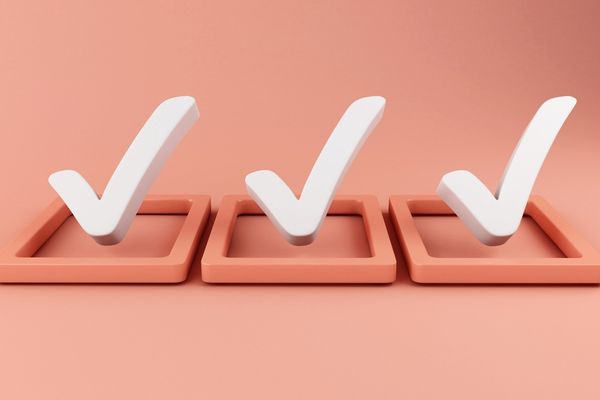The Culture Shift of Personalization
March 01, 2019
Executive Perspective
I love approaching students engaged in the process of personalized learning. During a recent visit to a classroom in an elementary school in Dysart, Ariz., that specializes in coding, I peeked over the shoulder of a 2nd grader who was deeply concentrating
on something on her computer screen. When I asked what she was doing, she informed me that she was writing a code essential to the community that her class was building.
Seeing the perplexed expression on my face, she took me by the hand
and led me to the middle of the classroom where Lego blocks were being used to build their community according to the code. She was building her house.
It is examples of personalized classrooms like the one in Dysart that have made me truly
excited about the growth we see in personalized learning since the publication of the book I wrote with Mort Sherman and John Brown in 2016, Personalizing 21st Century Education. The AASA Personalized Learning Cohort continues to grow and as their meetings take place in locations where the process is alive and thriving, we realize this is no longer a futuristic concept — it is
a living and breathing reality.
Embedded Practices
Despite the powerful potential offered by personalized learning, however, traditional educational culture and practices are still firmly entrenched in a majority of our school systems. Personalization requires a major change in educational culture, one
that requires abandoning the image of a teacher standing in front of a classroom lecturing while students sit in desks facing the instructor.
When you enter a classroom where personalized learning is taking place, you must look hard to
find the teacher. You see students scattered throughout the room. Some are assembled in small groups, others working individually on a project, a few gathered around an adult who may indeed be the teacher. There is productive noise and there is activity.
There is engagement and excitement, and students assume a great deal of responsibility for what they learn and how and when they want to learn it.
In a traditional classroom, all students are being taught the same thing at the same time.
Pacing guides in traditional schools ensure that teachers move along according to the guide so that, over the school year, all the curriculum for that grade level is “covered.” The result is that a portion of the class will not be able
to keep up and they will be left behind.
That practice gave rise to the passage of the No Child Left Behind legislation. NCLB failed because it did not focus on ensuring that every child be instructed at all times at a level appropriate
to his or her ability level and content knowledge — a key tenet of personalized learning.
Understandably, this has been a difficult task to accomplish given the typical ratio of teachers to students. This is where technology comes
into play. The use of digital devices and software allow students to work independently or in small groups, with teacher guidance, taking the time necessary to master the content. The role of the teacher changes from lecturer to tutor and mentor.
The teacher becomes a valuable resource to the student, always there to answer questions and provide guidance.
At the same time, stereotypes and misconceptions about the role of technology in personalized learning inadvertently has led
to a backlash against it. Technology does play a role in personalized learning to the extent that it greatly facilitates the process, but the practice goes well beyond digitization.
A National Priority
As we have learned from the many school districts that are implementing personalization, it can be done with the proper training of staff and the acquisition of the appropriate curriculum and materials.
The biggest problem to overcome is the
radical shift required in school and district culture. Can we move away from pacing guides requiring that all the students in the class be subjected to the same level of instruction, in the same content area, at the same time? If yes, are we willing
to allow students to assume responsibility for their learning by letting them decide what they will learn and when? Are we willing to allow students to take the time they need to master content and engage in continuous learning?
I am convinced
the answers to these questions can be a resounding “Yes!” My sincere hope is that other educators will join us in the Personalized Learning Cohort to make personalization a true national priority.
Author
Advertisement
Advertisement
Advertisement
Advertisement




